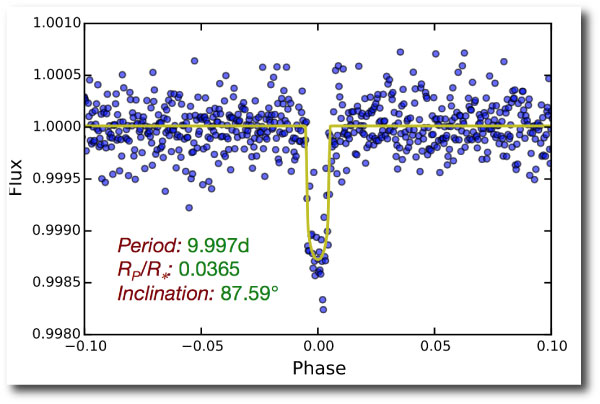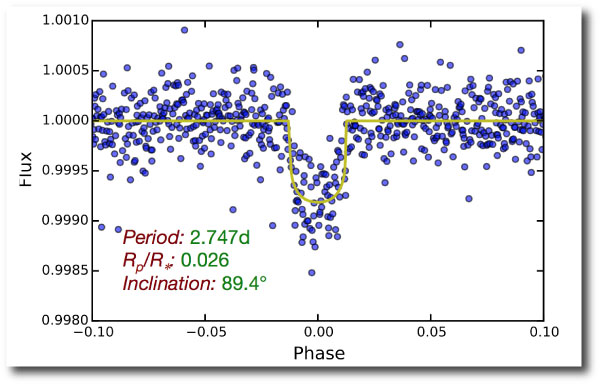Everyone’s heard the cliché about lemons and lemonade. NASA’s K2 Mission exemplifies it.
For brighter stars, the photometric light curves from K2 have precision on par with the original mission, and the data is completely free for everyone to look at. No secret repositories, no loose lips sink embargoed publications. Individual planets are so numerous that they are beginning to resemble the pages of names in a phone book. Six years ago, the light curve for EPIC 210508766 with its uninhabitable 2.747d and 9.997d super-Earths would have been cause for non-disclosure agreements and urgent Keck follow up. Now, given the ho-hum V=14.33, these planets will wind up as anonymous lines in a catalog paper — weights for gray scale dots in big data plots. Mere dimidia:
(EPIC 210508766 b and c, discovered earlier this week by Songhu Wang and Sarah Millholland)
A few years ago, I wrote a number of posts about a “valuation” equation for getting a quantitative assessment of the newsworthiness of potentially habitable planets. The equation folds qualities such as planetary size, temperature and proximity into a single number, which is in turn normalized by the dollar cost of the Kepler Mission.
The equation, when thoughtlessly applied to Earth, nearly got me into serious hot water when the now-defunct News of the World ran a story with it (which stayed, fortunately, behind a pay wall).
Now that Kepler’s prime mission has been complete for a substantial period, it’s interesting to calculate the values implied by the equation for the up-to-date table of Kepler’s KOI candidates. The cumulative sum runs into the tens of millions of dollars, with single objects such as KOI 4878.01 exceeding $10M. Such worlds are truly the candidates that the Kepler Mission was designed to find.
With K2, which has many bright M-dwarfs within its sites, it’s quite plausible that some very high-profile planets will soon turn up. I’ve set up a K2 prediction market at metaculus.com that canvases the likelihood that such a discovery is imminent…
Sign up and make your prediction count!




